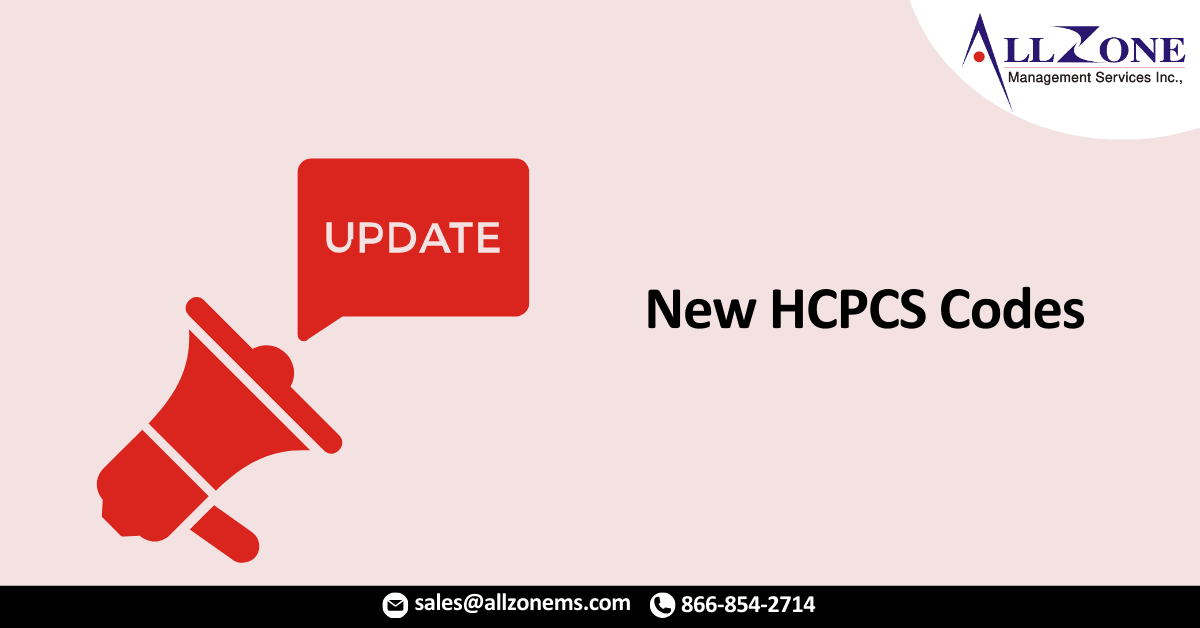Newly introduced as of July 1, 2023, are updated CPT® codes detailed in MLN Matters 13210, issued on June 13. Accompanying this, a supplementary document, Change Request 13210, offers more comprehensive insights.
Included in the fresh set of codes are those related to COVID vaccination and its administration. Specifically, 0174A pertains to administering the Pfizer-BioNTech COVID vaccine, Bivalent variation, designed for patients aged six months to four years. The vaccine itself is identified as CPT 91317.
As of July 1, a total of 15 novel CPT Proprietary Laboratory Analyses codes have been introduced. For an exhaustive compilation, encompassing comprehensive elaborations and status indicators, the change request document serves as the go-to source. The spectrum of these codes ranges from 0387U through 0401U.
Additionally, a set of 20 fresh CPT Category III codes were unveiled in January, becoming effective on July 1. Among these, the codes spanning from CPT 0791T through 0810T have been incorporated. As an illustration, CPT 0793T pertains to the description of percutaneous transcatheter thermal ablation of nerves that innervate pulmonary arteries. This encompasses procedures such as right heart catheterization, pulmonary artery angiography, and comprehensive imaging guidance.
Several fresh HCPCS procedure codes have emerged, encompassing the subsequent services:
- C9784: Offering endoscopic sleeve gastroplasty service, with a corresponding J1 status indicator.
- C9785: Presenting endoscopic outlet reduction service, aligned with a J1 status indicator.
- C9786: Introducing a diagnostic aid service catering to routine functional cardiovascular assessment through echocardiography. Its status indicator is designated as S.
- C9787: Introducing a procedure involving high-resolution gastric electrophysiology mapping. It bears an S status indicator.
In the realm of HCPCS codes for drugs and biologicals, six new entries have been incorporated, all assigned a G status indicator. For instance, J1440 emerges as a novel code, characterizing fecal microbiota, live-jslm, in a volume of 1 ml.
Furthermore, the landscape of HCPCS codes encompasses three additional entries for high-cost skin substitutes and a dozen new entries for low-cost skin substitutes.
For those involved in outpatient case collaboration, charge-related responsibilities, or overseeing chargemaster coordination, it is of utmost importance to thoroughly review both MLN 13210 and Change Request 13210 for comprehensive insights.
Scheduled for September 12 and 13, the upcoming Coordination and Maintenance Committee meeting holds relevance. However, the tentative agendas for these sessions have yet to be made public.
In a notable development, the National Center for Health Statistics (NCHS) issued an erratum concerning the FY24 ICD-10-CM on July 26. This erratum rectified the Index entry for cachexia, now accurately designated as R64.
Furthermore, the errata introduced another correction involving the spelling of “thalassemia.” This adjustment pertains to the inclusion terms for code H35.2, which addresses “Other non-diabetic proliferative retinopathy.” Subsequently, a second modification was implemented in this context, specifically regarding the code associated with the inclusion terms within category H35, addressing disorders of endocrine glands in diseases classified elsewhere.
An additional rectification pertained to the diagnosis code linked to the inclusion term “late congenital syphilis of thymus gland” [Dubois disease]. This correction involved updating the code from A50.5 to A50.59.

